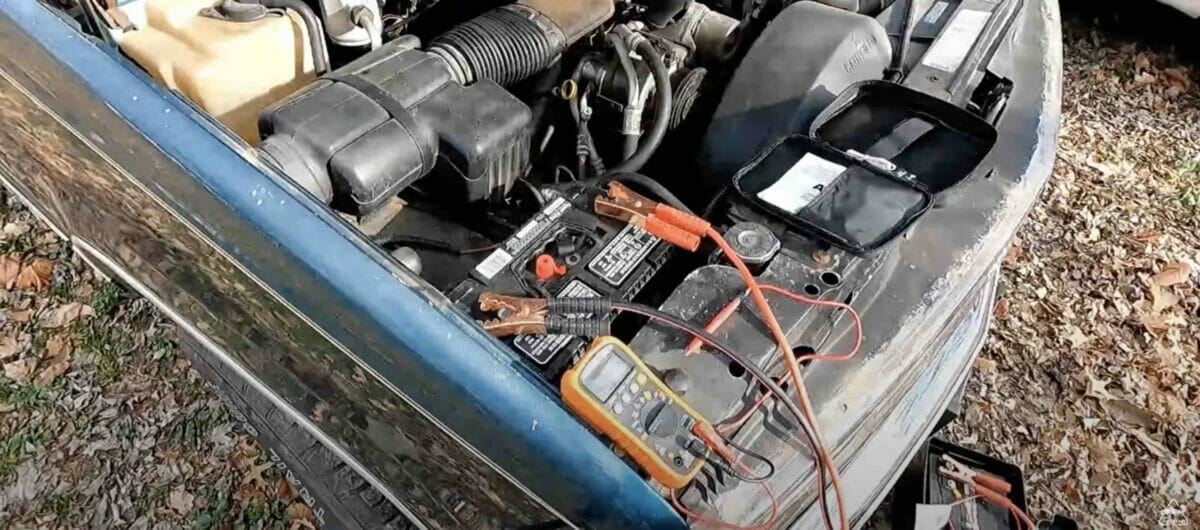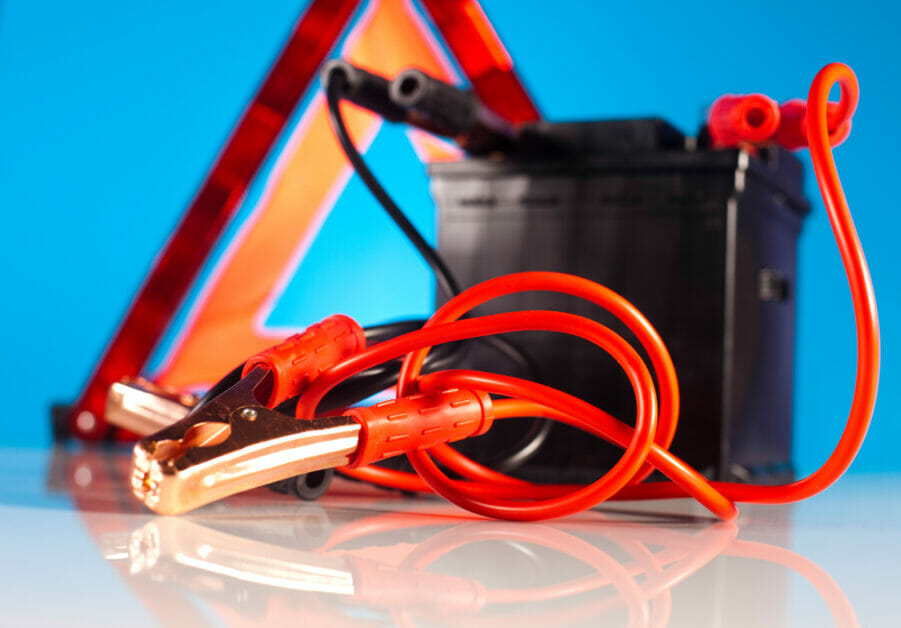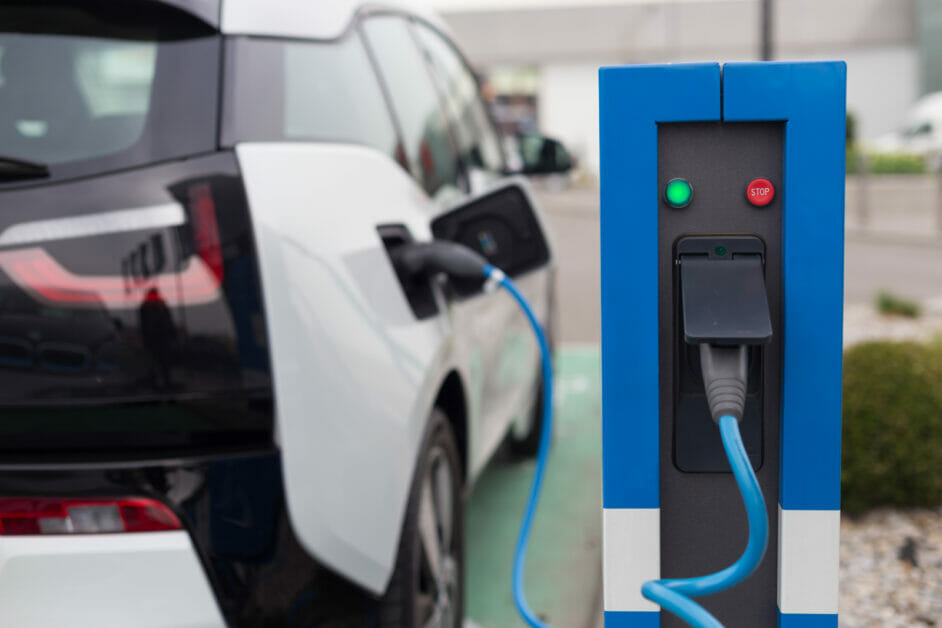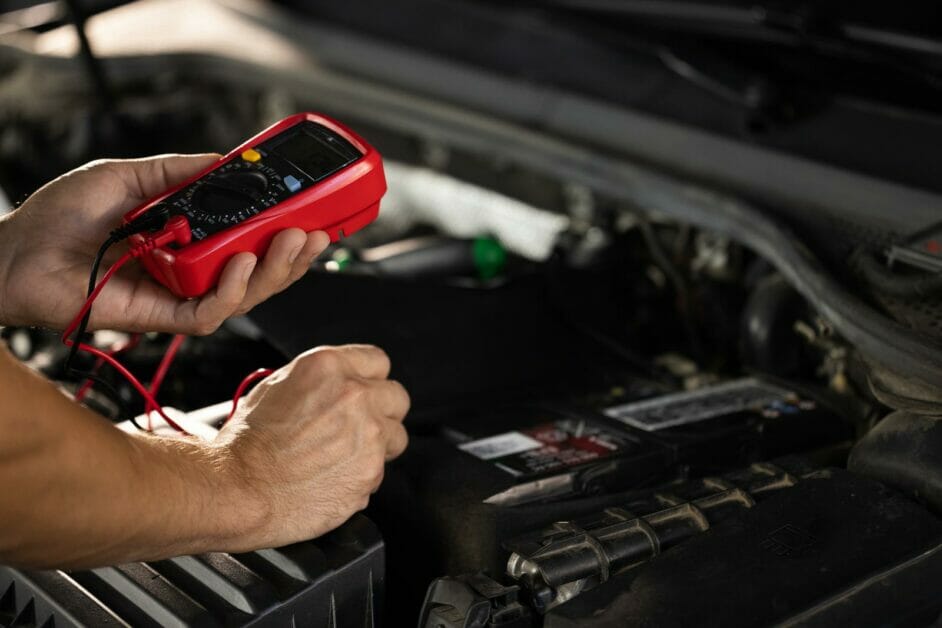How Long Does it Take to Charge a Dead Battery? (Chart & Breakdown)

We’ve all been there – you hop in your car, ready to go, only to discover your battery is dead. Don’t worry; I’ll teach you how long it takes to charge your dead battery and get you back on the road.
| Method to Recharge a Dead Battery | Estimated Time |
|---|---|
| Standard Battery Charger (5-10 Amps) | Up to 12 hours |
| High Amperage Charger (40 Amps) | 15-30 minutes |
| Jumper Cables | Provides enough power to start the engine and let the alternator take over |
Now, let’s dive in and explore factors that affect how long it takes and some ways to bring that dead battery back to life.
Getting Started

Most cars use a battery in the range of 40 to 60 Ah (Ampere-hours). Larger vehicles like SUVs and trucks might have 60 to 100 Ah batteries.
Car battery capacity varies widely based on the car’s make, model, year, and the kind of battery it uses. Here are a few examples of typical car models and their standard battery capacities:
| Car Model | Typical Battery Capacity (Ah) |
|---|---|
| Honda Civic | 45-50 Ah |
| Toyota Corolla | 45-50 Ah |
| Ford Focus | 50-60 Ah |
| Chevrolet Malibu | 60-70 Ah |
| BMW 3 Series | 90-100 Ah |
| Mercedes-Benz C-Class | 70-80 Ah |
Below are estimates for charging time with a standard 10A charger, starting from a fully discharged state. It’s important to note that these times are estimates and can vary due to factors like battery health, temperature, state of discharge, and more.
Also, batteries typically charge slower as they reach full capacity, so the final 20-30% can take disproportionately longer.
| Car Battery Capacity (Ah) | Estimated Charging Time (Hours) |
|---|---|
| 40 | 4 hours |
| 50 | 5 hours |
| 60 | 6 hours |
| 70 | 7 hours |
| 80 | 8 hours |
| 90 | 9 hours |
| 100 | 10 hours |
Here are charging times with a standard 40A charger, starting from a fully discharged state.
| Car Battery Capacity (Ah) | Estimated Charging Time (Hours) |
|---|---|
| 40 | 1 hour |
| 50 | 1.25 hours |
| 60 | 1.5 hours |
| 70 | 1.75 hours |
| 80 | 2 hours |
| 90 | 2.25 hours |
| 100 | 2.5 hours |
Things like battery capacity, charger amperage, and how discharged the battery are all play roles.
For example, a completely discharged car battery may take up to 12 hours to recharge, sometimes even longer if you’ve got a special type of battery.
Of course, you can speed up the process with a higher amperage charger. We’re talking about a 40-amp charger, for instance.
You can bring a deeply discharged battery back to life in about 15 to 30 minutes using one of those. That’s enough juice to start the car and let the alternator finish the job.
But be careful! Charging at high amperage for too long can be bad news for your battery. I’d recommend switching to a lower rate, like 5-10 amps, to avoid nasty overheating.
If you find yourself in a pinch, charging with jumper cables might be your best bet. Although it won’t charge you, it can provide enough power to start your engine and let the alternator take over.
Remember, though, that the time required for this method can also vary, so be patient.
Factors Affecting Charging Time

Overview of Factors Affecting Charging Time
| Factor Affecting Charging Time | Brief Description | Impact on Charging Time (Minutes) |
|---|---|---|
| Battery Capacity | Larger batteries take longer to charge but provide more power | **+**30 minutes for every additional 10 Ah |
| Charger Amperage | Higher amperage chargers can charge batteries more quickly | **-**20 minutes for every additional 5 amps |
| State of Discharge | Fully discharged batteries take longer to recharge | **+**60 minutes if fully discharged compared to half discharged |
| Alternator Condition | A faulty alternator can prevent the battery from recharging | Varies greatly, could add several hours if severely faulty |
| Car Electrical System Health | A malfunctioning electrical system can prolong the charging process | Varies greatly; it could add 1 to 3 hours if the system has major issues |
| Overcharging | Overcharging can damage the battery’s health and longevity | It does not directly affect charge time, but it could reduce future battery efficiency |
| Additional Load (e.g., Headlights) | Extra electrical draw from the car can affect the charging time | **+**10 to 30 minutes, depending on the load’s power consumption |
Let me tell you about some of the issues when charging a dead battery. Battery capacity is a game-changer! The larger your battery, the longer it takes to charge.
That also means more power to get you and your ride further down the road! Now, let’s have a little chat about alternators.
This device’s job is to recharge your battery while the engine is running. But beware! A faulty alternator can mess things up! If it fails, your battery won’t recharge. So make sure you keep an eye on that little guy.
Your car’s electrical system also plays a crucial role in battery charging. If one part of this intricate system acts out, the charging process can become long and painful.
So, ensuring your electrical connections are in tip-top shape is always important.
Now, here’s something you should remember: overcharging is a no-no! Don’t tempt fate by overcharging your battery.
It can cause harm to your battery’s health and longevity. Trust me; you don’t want to deal with that headache!
Lastly, let’s talk about our good pals, the headlights. We all know they’re pretty fabulous for keeping us safe on dark roads, but here’s the catch: if you accidentally leave them on overnight or while charging the battery, they can mess with the charging time.
Monitoring the Charging Process

First things first: Grab a voltmeter to check the voltage of your battery before and during the charging process.
This nifty little tool will tell you if the charging is successful or if you need more time to get that sweet electric juice in your battery.
Attach the voltmeter’s leads to the battery terminals and see if it’s above 12.6 volts – that means it’s fully charged.
Now, while charging, you gotta deal with the load. Turn off all the electronics in your car – even your beloved interior light! This will reduce the load on your battery and give it a better chance of recovering.
Here’s a super important tip: Keep an eye on the charger’s voltage! If it’s charging at 14-15 volts, it’s in good shape. Anything higher or lower might cause you some problems.
When you’re done charging, don’t forget to remove the cable from the battery. Safety comes first; you don’t want to get shocked or damage your battery!
Ensure you take off the negative cable first and then the positive one.
References
Organizations:
- Battery Council International (BCI). https://batterycouncil.org/
- The American Automobile Association (AAA). https://www.aaa.com/
Books:
- “Automotive Electrical Handbook” by Jim Horner
Websites:
- CarTalk. https://www.cartalk.com/
- Edmunds. https://www.edmunds.com/
- Battery University. https://batteryuniversity.com/
Video Reference
The Weekend Angler
